1. Montgomery Ward
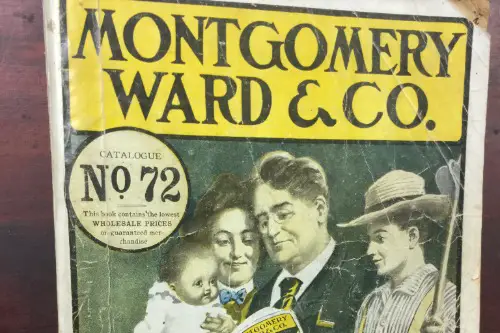
Montgomery Ward was once a major department store chain, competing with Sears and JCPenney for shoppers looking for everything from clothes to home goods. It was also a pioneer in catalog shopping, allowing customers to order products from the comfort of their homes long before online shopping existed. But as retail trends shifted and competition grew, Montgomery Ward struggled to stay afloat. By 2001, the company had shut down all of its brick-and-mortar stores, according to The New York Times.
The brand was later revived as an online retailer, but it never regained the prominence it once had. Unlike other department stores that adapted to changing consumer habits, Montgomery Ward faded into obscurity. Many shoppers still remember its thick catalogs and holiday sales, but the name doesn’t carry the same weight it once did. Today, it’s more of a forgotten footnote in retail history than a major player.
2. RadioShack

Back in the day, if you needed batteries, a random electronic component, or a new phone, RadioShack was the place to go. The chain had thousands of stores nationwide, making it a tech lover’s paradise before online shopping took over. But as big-box stores like Best Buy and Amazon made buying electronics easier and cheaper, RadioShack struggled to compete, according to Forbes. After years of financial trouble, the company filed for bankruptcy multiple times and closed most of its stores.
While the brand still technically exists, it’s a shadow of what it once was. A handful of stores remain, but most of its presence is now online or in small franchise locations. The company even tried to rebrand as a cryptocurrency business at one point, which didn’t exactly help its revival. Unless something drastic changes, RadioShack will likely remain a relic of the past.
3. Blockbuster
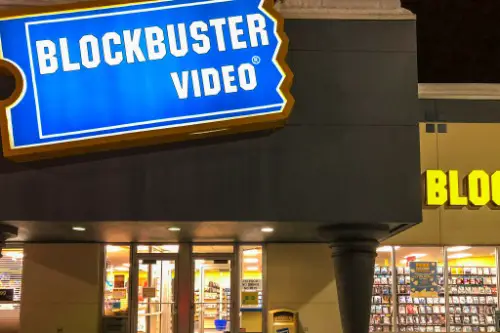
Before Netflix and streaming took over, Friday nights often meant a trip to Blockbuster to rent a movie. The video rental giant had thousands of stores nationwide, making it a staple of family entertainment. But as streaming services became more popular and late fees frustrated customers, Blockbuster started losing business. By the early 2010s, the company had shut down nearly all of its locations.
Today, there’s only one Blockbuster left in the entire world, located in Bend, Oregon. The store has become a tourist attraction, with visitors stopping by just to relive the nostalgia. While the Blockbuster brand technically still exists under Dish Network, it’s nothing like the empire it once was. Unless there’s some kind of retro video rental revival, it’s safe to say Blockbuster’s time has passed.
4. Gadzooks
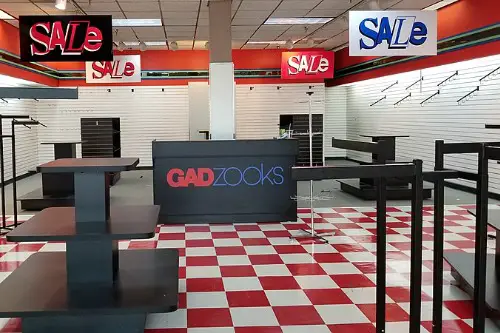
If you were a teenager in the ’90s or early 2000s, Gadzooks was one of the coolest places to shop for trendy clothes. The store was known for its edgy, alternative fashion, selling everything from graphic tees to baggy jeans. It originally focused on surf and skate apparel but later expanded to cater to a wider audience. However, as competition from bigger brands like PacSun and Hot Topic grew, Gadzooks struggled to stay relevant.
In 2004, Forever 21 bought out Gadzooks and converted most of its locations into their own stores, according to The Los Angeles Times. While some of its styles lived on under the new ownership, the Gadzooks name disappeared completely. Many mall-goers still remember its funky store design, which even featured a Volkswagen Beetle as part of the décor. Today, it’s just another nostalgic name from the golden era of mall shopping.
5. Circuit City
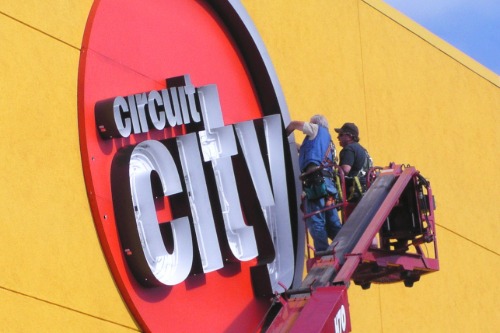
Before Best Buy became the dominant electronics retailer, Circuit City was a household name. The chain was known for its massive stores filled with TVs, stereos, and the latest tech gadgets. But as competition from online retailers and better-organized stores like Best Buy increased, Circuit City started losing customers. By 2008, the company filed for bankruptcy and closed all of its locations, CBS News reports.
A few attempts have been made to bring Circuit City back, but none have been successful. The brand still exists as an online retailer, but it never gained much traction. Today, all that’s left of Circuit City is its faded red logo in the memories of tech enthusiasts. It’s yet another example of how brick-and-mortar electronics stores have struggled to survive.
6. A&P (The Great Atlantic & Pacific Tea Company)
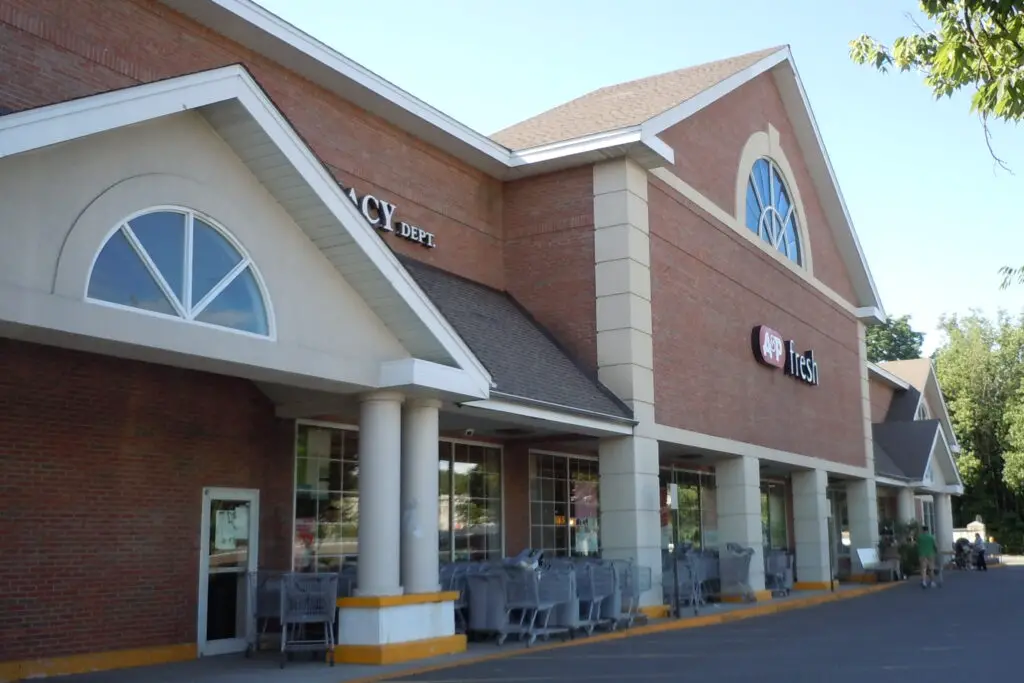
A&P was once one of the largest and most well-known grocery store chains in America. Founded in the 1800s, it became a grocery giant, with thousands of locations across the country. But as supermarkets evolved and competition increased, A&P started to decline. After multiple bankruptcy filings, the last A&P stores closed in 2015.
For decades, A&P was a staple in American grocery shopping, often compared to modern-day chains like Kroger or Publix. However, poor management and failure to modernize led to its downfall. Many of its former locations were bought out by competitors or turned into entirely different businesses. Though it once dominated the grocery industry, A&P is now just a piece of retail history.
7. Woolworth’s
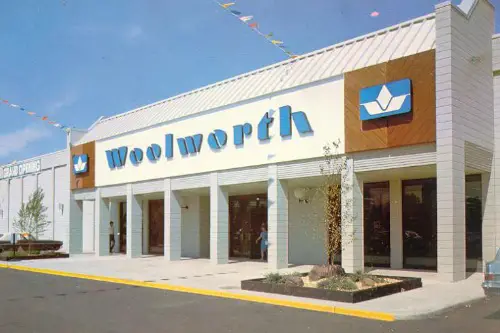
Woolworth’s was once the king of five-and-dime stores, offering everything from household goods to lunch counter meals. At its peak, it had thousands of locations and was a go-to spot for shoppers looking for affordable items. But as discount retailers like Walmart and Target grew in popularity, Woolworth’s struggled to stay relevant. By the late 1990s, the company shut down its remaining stores in the U.S.
While Woolworth’s still exists in other countries, like Australia and South Africa, it’s long gone from the American retail scene. Its legacy, however, lives on through Foot Locker, which was once a division of Woolworth’s. Many former shoppers still remember the store’s iconic red-and-white signage and its classic lunch counters. Today, it’s a nostalgic symbol of a bygone era in American shopping.
8. Toys “R” Us
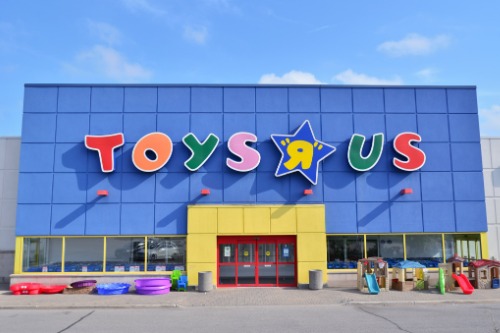
For decades, Toys “R” Us was the ultimate paradise for kids, filled with endless aisles of toys, games, and bikes. The company dominated the toy retail industry, with Geoffrey the Giraffe as its beloved mascot. But as online shopping and big-box retailers like Walmart took a bigger slice of the toy market, Toys “R” Us struggled to keep up. In 2018, the company filed for bankruptcy and shut down nearly all of its stores in the U.S.
Since then, there have been a few attempts to bring it back, including small pop-up locations and a partnership with Macy’s. However, it’s a far cry from the massive, toy-filled wonderlands that once existed. Many parents and former kids still miss the thrill of running through the aisles and picking out their favorite toys. While Toys “R” Us may still technically exist in some form, it will likely never return to its former glory.
9. Sam Goody
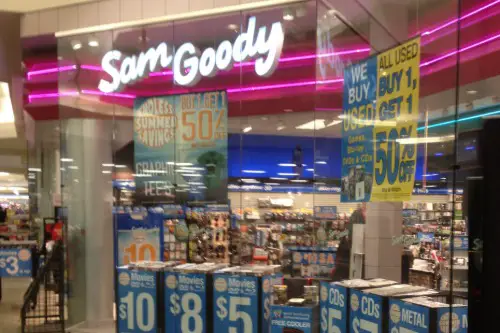
If you were a music lover in the ’90s or early 2000s, chances are you spent hours browsing CDs at Sam Goody. The chain was one of the biggest music retailers in the country, offering everything from the latest pop albums to obscure indie records. But as digital music and streaming services took over, Sam Goody saw a steep decline in sales. By the mid-2000s, most of its stores had closed, with only a handful remaining under different ownership.
The rise of iTunes, Spotify, and other digital platforms made physical music stores almost obsolete. Sam Goody, like many other music retailers, just couldn’t compete with the convenience of downloading or streaming music. While a few locations still exist in scattered malls, they’re nothing like the bustling stores they once were. For many, Sam Goody represents the end of an era when buying music was a physical experience.
10. Borders
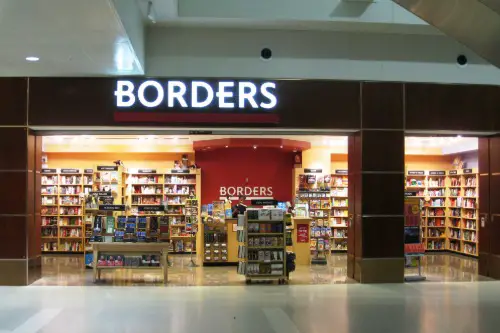
If you were a book lover in the ’90s and early 2000s, chances are you spent time browsing the shelves of Borders. The bookstore chain was a major player, with huge locations that often had in-store cafés and plenty of cozy reading nooks. But as Amazon took over the book industry and e-readers became more popular, Borders couldn’t keep up. By 2011, the company had filed for bankruptcy and shut down all of its stores.
Unlike its main competitor, Barnes & Noble, Borders never successfully transitioned to the digital age. It was late to the e-book market and struggled with online sales, which hurt its ability to compete. When Borders went under, many of its prime store locations were taken over by other retailers or simply left empty. Today, all that remains of Borders is nostalgia and the occasional branded gift card that can no longer be used.
11. Linens ‘n Things
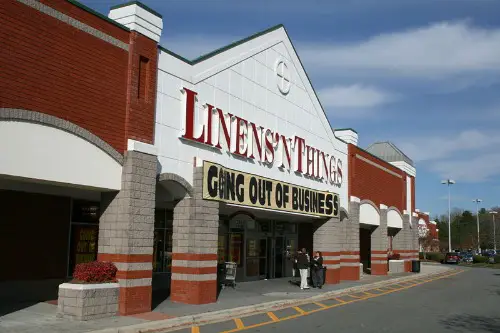
Linens ‘n Things was once a household name when it came to home décor, bedding, and kitchen essentials. The store was a direct competitor to Bed Bath & Beyond, offering similar products at competitive prices. But after years of struggling to turn a profit, Linens ’n Things filed for bankruptcy in 2008 and shut down all of its physical stores. Like many other failed retailers, it tried to continue as an online-only business, but that didn’t last long either.
Despite its initial success, Linens ’n Things failed to adapt to a changing retail landscape. Consumers were increasingly turning to online shopping and discount retailers like HomeGoods for better deals. While some people still remember the brand, it never made a real comeback. Now, it’s just another once-popular store that couldn’t survive the retail shift.
12. The Limited
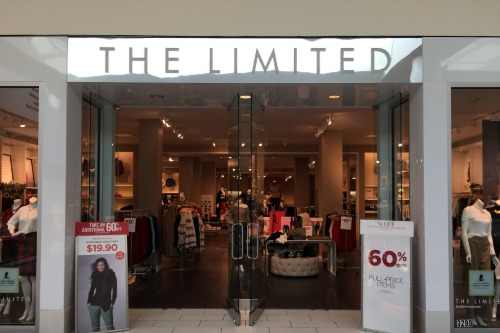
For years, The Limited was a go-to store for women’s fashion, especially for workwear and trendy outfits. It was particularly popular in malls during the ’80s and ’90s, offering stylish clothing at reasonable prices. But as fast fashion brands like H&M and Zara took over, The Limited struggled to keep its footing. In 2017, the company filed for bankruptcy and closed all of its physical stores.
Although The Limited was briefly revived as an online brand under new ownership, it never gained the same traction. The company failed to evolve with changing fashion trends and shopping habits, which led to its downfall. Many former shoppers still miss its classic, well-tailored clothing, but they’ve since moved on to other brands. In the end, The Limited simply couldn’t compete in a fast-changing retail world.
13. Pier 1 Imports
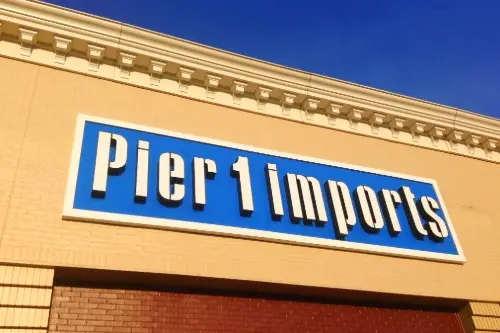
Pier 1 Imports was once a favorite destination for unique, globally inspired home décor and furniture. Its stores were filled with colorful rugs, wicker furniture, and handcrafted decorations that gave homes a distinctive touch. However, as online retailers like Wayfair and Amazon made home shopping more convenient and affordable, Pier 1 began to struggle. In 2020, the company filed for bankruptcy and shut down all of its stores.
While the brand still exists as an online-only retailer, it’s not the same as walking through a Pier 1 store and discovering one-of-a-kind pieces. The company’s inability to compete with e-commerce giants and changing home décor trends ultimately led to its downfall. Many shoppers still remember its signature scented candles and quirky furniture, but they now shop elsewhere. In a world of fast, digital shopping, Pier 1’s old-school charm just couldn’t survive.
14. Payless ShoeSource
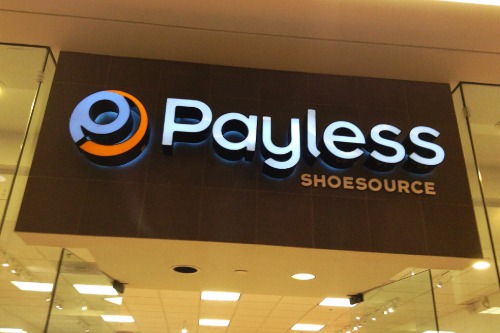
For decades, Payless was the go-to store for affordable footwear for the whole family. With its famous BOGO (buy one, get one) sales and wide selection of budget-friendly shoes, it had a loyal customer base. However, as online shopping and discount retailers like Walmart and Target expanded their shoe sections, Payless lost its competitive edge. By 2019, the company filed for bankruptcy and shut down most of its U.S. locations.
Though Payless attempted a small comeback with new stores in 2020, it never regained its former strength. Many customers had already moved on to online shoe retailers or bigger stores with better deals. While the brand still exists in some form, it’s nowhere near as popular as it once was. Payless is yet another example of how traditional brick-and-mortar retail has struggled in the digital age.


